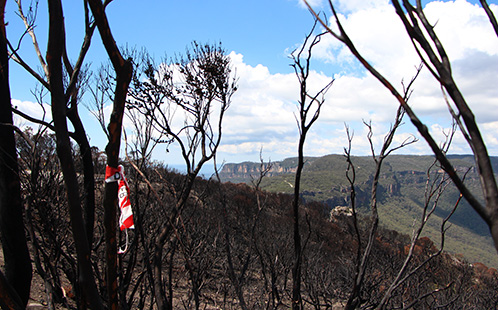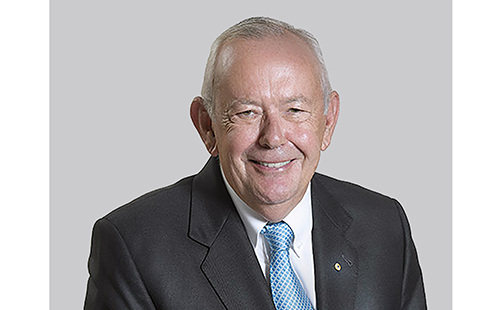The role of climate change in future bushfire risk

Fire ecologist Dr Matthias Boer, from the Hawkesbury Institute for the Environment at the University of Western Sydney, is available to comment on the impact of climate change on future bushfire risk in Australia.
Dr Boer says climate change will not necessarily trigger larger, more intense or more frequent bushfires in all regions with vast tracts of Australia potentially experiencing reduced fire activity in future.
"Multiple factors are needed for wildfires to take hold not just hot and dry weather," he says.
Dr Boer, who is modelling where the frequency of bushfires is likely to be altered under future climate scenarios, says previous research1 has shown four 'switches' need to be thrown for bushfires to occur.
- enough plant material (fuel) to burn
- fuel that is dry enough to burn
- an ignition source
- hot and dry weather with high winds to help the fire spread
"If any of these switches are not thrown a bushfire is unlikely to spread across the landscape," says Dr Boer.
"In the arid environments that dominate the interior of Australia, where it is dry and hot for most of the year, conditions may be suitable for a fire but there is often not enough fuel around to sustain a fire.
"In the interior, a big rain year in arid areas is typically followed by a big fire season because the higher rainfall will generate the extra plant growth and fuel build-up that is required to throw the 'fuel switch'. Then, all you need is an ignition source such as dry lightning for a significant bushfire."
By far most of the fire activity in Australia occurs in the northern half of the country.
In Australia roughly 50 million hectares burns annually and nearly 90 percent of that burned area is in the northern savannas and arid centre.2
In the wetter forested environments of South Eastern Australia, Dr Boer says a different climatic factor controls bushfire activity.
"In densely forested regions below-average annual rainfall or dry spells of several weeks prime the bush for fire activity," says Dr Boer.
"For much of the year in regions like Sydney you couldn't start a fire because the bush is usually too wet, but dry spells of a month or so can quickly dry the existing fuel – throwing another switch for potential bushfires.
"Modeling suggests warmer temperatures projected for the future in South Eastern Australia may result in increased fire risk," says Dr Boer.
Ends
1.Professor Ross Bradstock, University of Wollongong. See: Bradstock, R.A. (2010) A biogeographic model of fire regimes in Australia: current and future implications. Global Ecology and Biogeography, 19, 145-158.
2. Russell-Smith, J, et al (2007) Bushfires 'down under': patterns and implications of contemporary Australian landscape burning. International Journal of Wildland Fire 16, 361–377
9 January 2015
Photo: Paul Grocott
Latest News

Opinion: What do we lose when our old suburbs disappear?
I live on the edge of Parramatta, Australia’s fastest-growing city.

Opinion: Most bees don’t die after stinging – and other surprising bee facts
Most of us have been stung by a bee and we know it’s not much fun. But maybe we also felt a tinge of regret, or vindication, knowing the offending bee will die. Right? Well, for 99.96% of bee species, that’s not actually the case.

Western Sydney University receives transformational donation to support LGBTIQA+ community
Western Sydney University has welcomed a philanthropic donation from The Brennan Lynch Foundation.
Mobile options:

